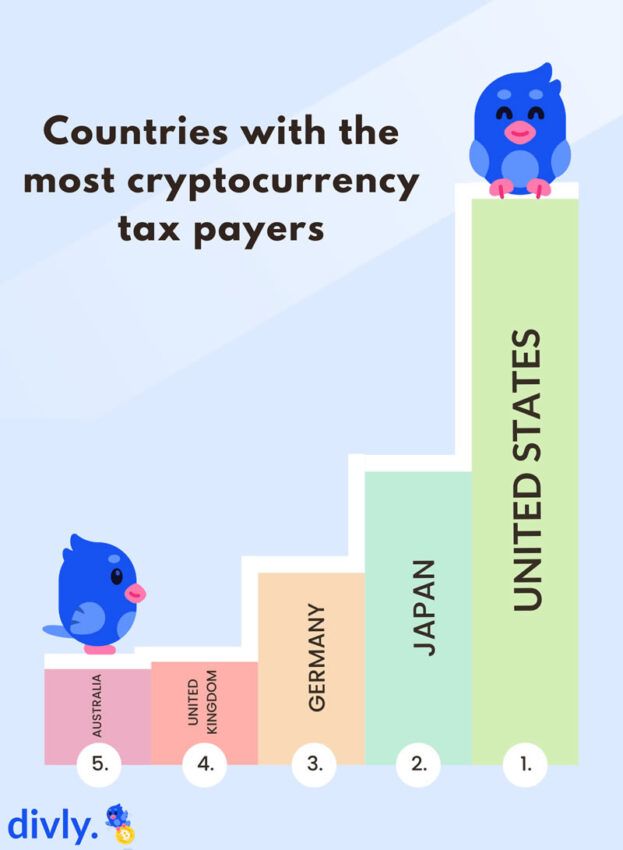Your guide to Bitcoin, Ethereum and Web 3.0

National Geographic hair launched its first NFTs on Polygon and posted a detailed explanation of the technology on social media — prompting outright outrage from hundreds of fans of the 135-year-old nature-centric magazine who responded with fury.
NatGeo’s Instagram, Twitter and Facebook accounts posted a picture by a Bored Ape Yacht Club (BAYC) NFT Monday with a caption describing the rise of NFTswhich are unique blockchain tokens that signify ownership.
The social media posts were designed to prepare the magazine’s mainstream audience for it own NFT release on Polygonwhich was published Tuesday and features work from 16 different photographers, including Justin Aversano, Reuben Wu, Cath Simard and John Knopf.
The setback
The response to NatGeo’s mere mention of NFTs on its social media accounts was met with an overwhelming number of negative comments, calling NFTs a “bubble” that has “already popped”, “bullshit”, “an extinct species” and even “another way of money laundering.”
Many urged NatGeo to “delete this.”
Others argued that NFTs were an outright “scam”, effectively throwing the entire technology under the bus – even though people, not the technology, make NFTs phishing scams and “the carpet pulls.”
Even the manager of renowned photographer Ansel Adams’ accounting entered the conversation, responding to NatGeo’s Instagram post about NFTs with a simple “No.”
This type of NFT setback, sense shade, is far from new. Netflix saw fall out last year, when it created free NFTs as part of promotions for the latest season of “Stranger Things.” And the video game industry have seen continued, consistent setback from gaming publications and gamers themselves who despise the technology.
It appears that public perception of NFTs has not changed. The Ethereum Mergercarried out in September 2022, also did little to appease those convinced that NFTs were bad for the environment, despite the fact that the Ethereum merger reduced ETH’s energy consumption by 99.998%per Ethereum Foundation data.
NatGeo has a massive following, with 256 million on Instagram, 49 million on Facebook and well over 28.6 million on Twitter. Despite all the hate, the Instagram post about NFTs still got over 100,000 likes.
Despite the furor, it is notable that NatGeo has chosen to launch NFTs at a time when NFT trading volume is a fraction of what it once was. According to a Dune Analytics dashboardPolygon saw just $15.39 million in total NFT volume traded on OpenSea last month, a dramatic 80.5% drop from the all-time high of roughly $79.45 million a year ago.
The NFT creators’ perspectives
While the majority of the more than 3,000 Instagram comments and nearly 200 Facebook comments were negative, some NFT artists chimed in to suggest that the majority of naysayers simply weren’t educated enough about NFTs.
“Welcome to the comments section, here you will see a sea of people hating what they do not understand in their natural habitat,” the artist wrote Ryan Hawthornewhich has released Ethereum NFTs with the prestigious auction house Sotheby’s.
“It’s a shame that most of the people who comment negatively here will not have taken the time to learn about the useful applications and problems the technology solves/has the potential to solve,” said Betty, pseudonymous co-founder of the Ethereum NFT project Deadfellaz.
Not all of the NFT creators and artists who responded came to NatGeo’s defense. The NFT artist Chuck Anderson, who goes by the name nopattern, criticized the magazine for using a photo of a BAYC NFT.
“Of all the incredible projects, artists and concepts in the NFT ecosystem, BAYC is by far the corniest and most tasteless example,” Anderson wrote. “Downfall [that] This is what people who haven’t jumped in are still being fed.”
Snow crash fights
Those interested in minting NatGeo NFTs have also reported technical issues. The coin, constructed by NFT platform Snowcrash, appears to be facing ongoing technical issues.
This frustrated potential holders, who have let down Snowcrash to call themselves a “premier NFT trading platform” and has criticized the platform’s communication efforts with potential buyers. More than 13 different Twitter users voiced their problems with the coin page. Decrypt found that it was unable to connect a wallet to the mint site even 30 minutes after the mint was supposed to go live.
The coin problems appeared to be resolved about an hour later.
Update: National Geographic has since deleted his social media posts featuring BAYC NFT across his Instagram, Twitter and Facebook channels.
National Geographic and Snowcrash has yet to respond Decryptits request for comment.
























